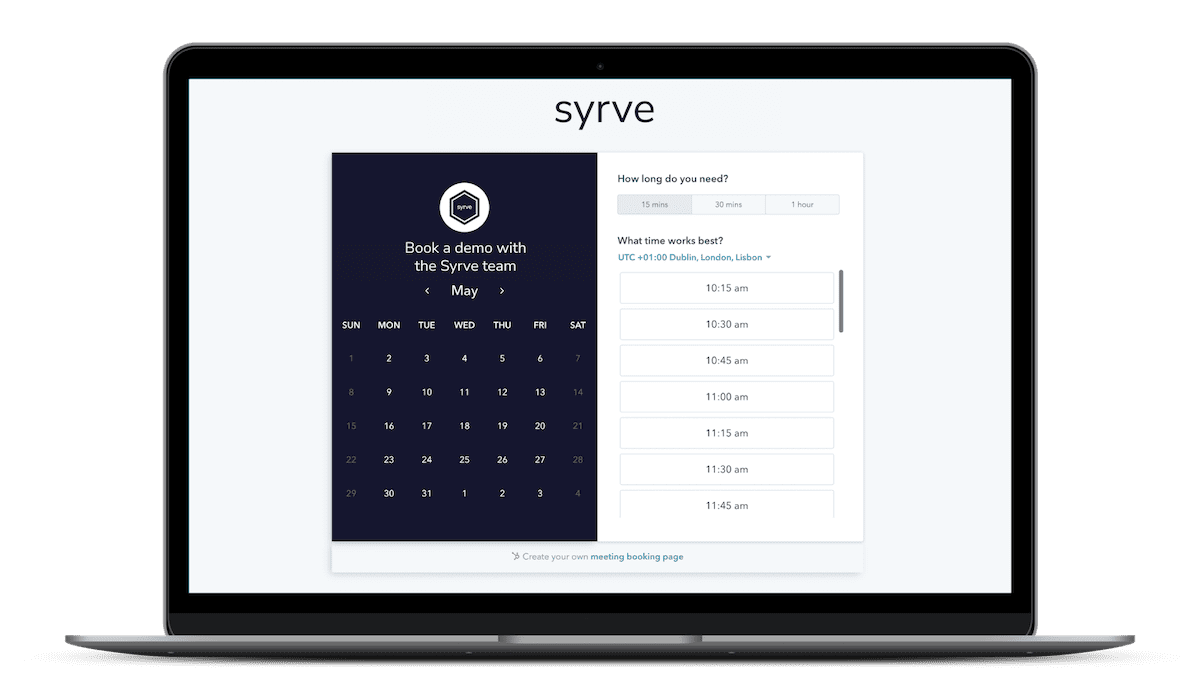Selecting restaurant technology isn’t easy. Hospitality brands can face a bewildering choice as vendors blare out their features and benefits. But when you cut through hullabaloo, what really matters? Here are 10 questions you must ask.
As every seasoned executive knows, selecting technology is a tricky process. There’s a risk of getting seduced by demo-ware. And it’s natural for some vendors to tilt the conversation towards their offering’s key strengths — and skirt past the weaker points. But unearthing the drawbacks later can be a painful and costly experience. The devil is in the detail.
For larger hospitality brands, the stakes are even higher. Chains need a free hand to operate at speed and scale — without being dragged down by unexpected technical issues.
Here are 10 questions that must ask when considering restaurant tech:
Q1: Is the tech easy to roll out nationally or globally?
Is the vendor a serious player on the world stage, brands such as Pizza Hut, Papa John’s, Dunkin’ Donuts and others across dozens of countries? A deployment that hits speeds of 600 stores in under two months is possible with the right partner. Fiscal and Taxation support in different countries is important too.
Q2: Does the tech have friction-free capabilities?
In the fast-moving food marketplace, it’s essential to keep pace with customer demand for extra choice and convenience. And yet you also need to avoid a host of clunky integrations with third parties that could present added cost and risk over time. Much better that end-to-end features fit comfortably under the umbrella of your solution, so you can avoid data and visibility gaps at the granular level.
Q3: How simple is it to control a franchise operation/multiple stores?
Restaurant technology should come with a wealth of features that turn complex data into actionable insights in real-time — so someone at head office can quickly spot a problem or opportunity at any location and intervene. Store managers and above-store regional execs also need permission-based access to the management tools.
Q4: Are any claimed cost savings actually credible?
In an era of tightening margins, this is key. With a restaurant tech used to its fullest, you should be able to target savings of around 3-10% direct to your bottom-line. Push the vendor for evidence on how this is achieved and ask for customer references that support this.
Q5: Will the tech give you ‘full cycle automation’ in real-time?
This is critical. Some systems have misfired and under-delivered because of data gaps between front-of-house and back-of-house processes. These need to be in sync. But that’s not quite enough — the data flowing between them must be captured in the moment and shared in near real-time. This enables your tech to operate as an all-in-one system.
Q6: Will the tech free up time for your team?
New rules of work are being ushered in by leading tech. This is making it easier for your staff to act in real-time — in ways that remove the grind of many day-to-day processes, while giving you instant, trackable data. Some manual tasks can be removed completely while others can be handled with minimum effort, such as mobile stock-taking. Gone are the days of legacy POS systems designed for record keeping, instead look out for people-friendly systems that establish new and better ways of working.
Q7: How good is technical support?
Restaurants need a fast response, so only settle for best-in-class tech support. Response times of under three minutes and fixes within 30 minutes are a high standard to demand from a vendor. And if you request extra system features and customisations, look for a vendor that’s agile and responsive – with an army of developers rolling out bi-weekly update sto keep your system ahead of the game. You’ll want a specialist partner committed to hospitality as their core business, rather than a company that offers a host of different solutions to different sectors.
Q8: What are the true costs?
You need absolute transparency here — with predictable costs. Protect your bottom line by finding restaurant tech with a pay-as-you-go (PAYG) business model, contract-free pricing and no hidden-fees.
Q9: Will you find yourself in a tech dead-end?
Ideally, your tech needs to be agnostic to professional Windows-based hardware required for multi-site businesses. It’s essential to avoid getting locked into a legacy system and find yourself held hostage to sub-par hardware, downtime and excessive costs.
Q10: Is the technology truly next-generation?
You’ll want a vendor that’s constantly finding smarter ways for you to sharpen performance and your competitive edge using Next-Gen tech. Ask what they can tell you about artificial intelligence-led forecasting, self-driving features like automated purchasing, ‘what if’ scenario analysis, and real-time Profit & Loss. These will help you to accelerate your digital transformation strategy, streamline operations and maximise profitability in a sustainable way.
Push for the answers
While hospitality systems typically promise speed and convenience, it’s the nitty-gritty detail that will impact the bottom line and your ability to react quickly to changes in the marketplace.
Discover how tech-first hospitality businesses can transform end-to-end performance and thrive in a new era. Get your copy of our whitepaper ‘Next-Gen tech for the F&B industry‘.



